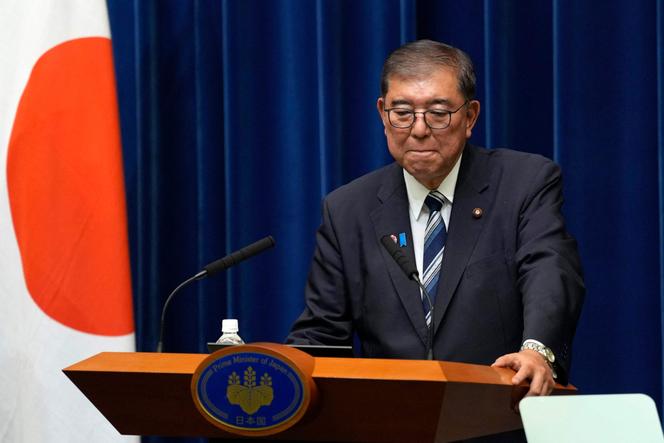


Japan must now find a new prime minister. On the morning of Monday, September 8, the Liberal Democratic Party (PLD, the ruling party) began discussions aimed at organizing an internal vote to choose its new president, which could take place in early October. Once elected, the leader of the largest party in parliament will replace Shigeru Ishiba as head of government. Weakened by his party's defeat in the upper house elections in July, his struggles to halt the rising cost of living and the departure of key figures in his administration, Ishiba announced his resignation on September 7.
"I have always said that I would not cling to power and that I would make a decision at the right time. The negotiations on US customs tariffs were finalized [on September 5]. Now is the right time to hand over to a new generation," explained the outgoing prime minister.
Calls for his departure had grown louder within the PLD; the party was effectively on the verge of forcing him out. Ishiba chose to step down preemptively. "It was the only way to avoid the risk of division," said Ken Saito, former economy minister and PLD leader. The party ignored the recent surge in the prime minister's popularity and polls that opposed a change in leadership. "More than a judgment about me personally, it reflected citizens' desire to see the party work for the nation and the people, rather than tearing itself apart internally," Ishiba said.
You have 70.51% of this article left to read. The rest is for subscribers only.
